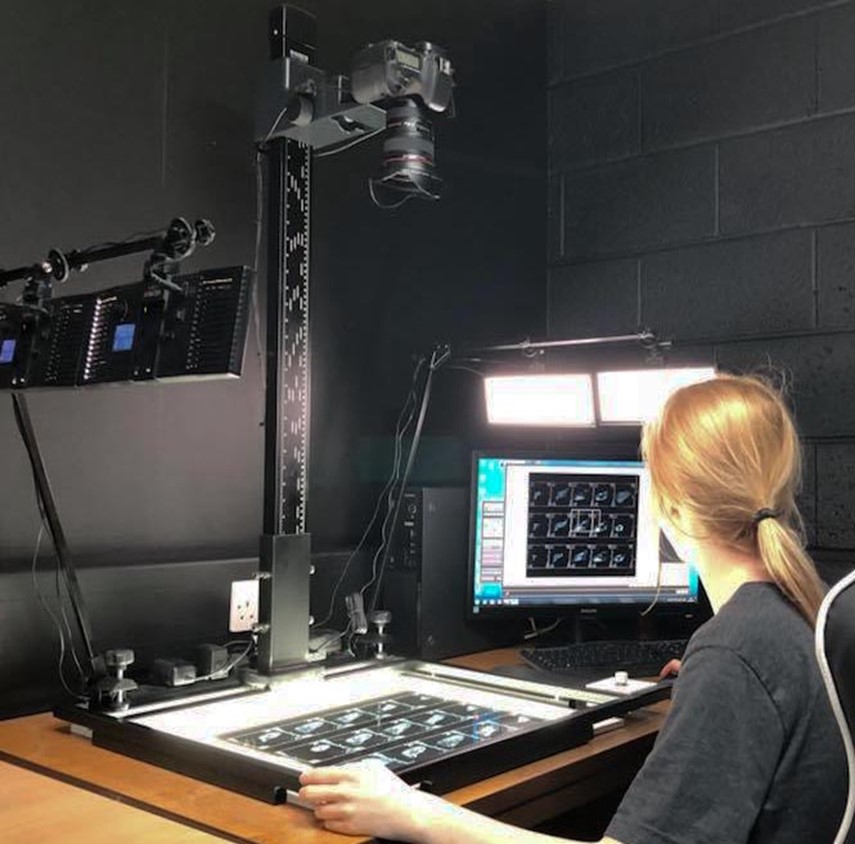For decades, microfilm and microfiche have been the go-to formats for storing vast volumes of information—especially for industries like government, libraries, healthcare, and legal services. But as technology evolves and physical formats degrade, the risks of holding on to aging microfilm archives are growing too great to ignore.
If you’re considering retiring your microfilm archive, here’s why migrating to digital is not just smart—it’s urgent.
The Clock Is Ticking on Microfilm
While microfilm was initially prized for its durability, it’s far from invincible. Over time, even well-stored microfilm degrades due to factors like humidity, temperature fluctuations, and chemical decay (like “vinegar syndrome”). Add to that the challenge of finding and maintaining functioning microfilm readers—often decades old and no longer manufactured—and your archive becomes less usable and more vulnerable with each passing year.
Why Digital Migration Makes Sense
1. Accessibility and Searchability
Digitized microfilm content can be indexed, tagged, and searched in seconds—no more scrolling through reels. Whether you’re retrieving case files, historical records, or engineering drawings, digital access dramatically improves efficiency.
2. Preservation and Backup
Digital files can be stored securely, backed up redundantly, and preserved indefinitely—without the risk of physical deterioration. Once your microfilm is digitized, you can also meet modern compliance and disaster recovery standards far more easily.
3. Cost-Effective in the Long Run
Maintaining old equipment, secure physical storage, and specialized staff adds up. Migrating to digital may involve upfront investment, but it pays off through reduced storage costs, improved productivity, and streamlined workflows.
4. Enhanced Security
Digital archives can be encrypted, password-protected, and audited—giving you control over who accesses sensitive information and when. This level of security is nearly impossible with physical microfilm.
What Happens If You Wait?
Delaying migration can lead to:
- Data loss due to chemical breakdown or equipment failure
- Operational disruptions if vital records become unreadable
- Compliance risks if your industry requires access to certain records that can no longer be retrieved
- Increased costs as emergency digitization becomes the only option
How to Get Started
1. Assess Your Archive
Start with a full inventory of your microfilm holdings—what formats you have (16mm, 35mm, microfiche), how many reels or cards, and how frequently they’re accessed.
2. Choose a Trusted Digitization Partner
Look for vendors with experience in large-scale archival digitization, industry compliance knowledge (like HIPAA or FERPA), and proven quality control processes.
3. Plan for Metadata and Indexing
Determine how you’ll want to organize and retrieve your digital records. Will you need OCR (optical character recognition), indexing by case number, date, or document type?
4. Implement and Train
Once digitization is underway, prepare your team to make the most of your new digital archive—this might include new software tools, cloud storage, or secure access portals.
Final Thoughts
Retiring your microfilm archive doesn’t have to mean risking your historical records. By migrating to digital now, you preserve your past, protect your data, and prepare your organization for a faster, more efficient future.
Don’t wait until it’s too late. The time to digitize is now.

